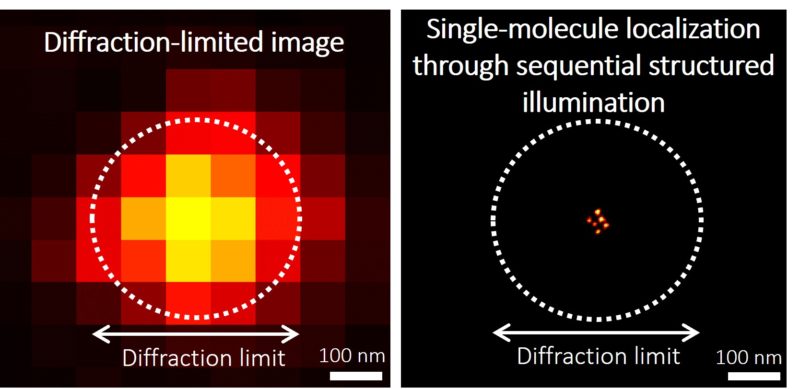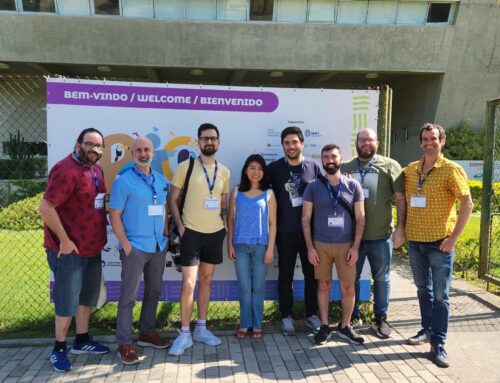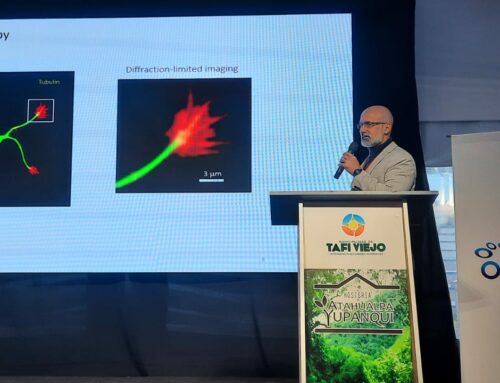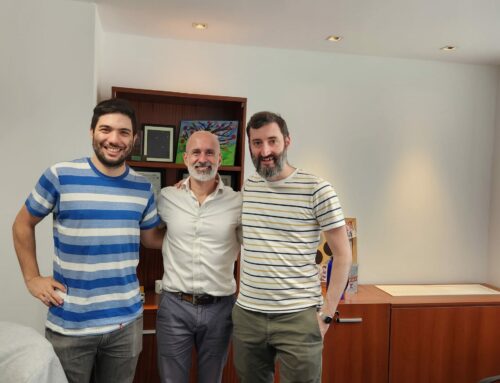Localization of single fluorescent emitters is central for many physicochemical and biophysical measurements at the nanoscale and beyond ensemble averaging. Examples include single-molecule tracking and super-resolution imaging by single-molecule localization microscopy. Among the numerous localization methods available, MINFLUX constituted a breakthrough for achieving a ∼10-fold improvement in resolution over wide-field camera-based approaches, reaching the molecular scale at moderate photon counts. Since then, other related methods have been developed and a common framework has been established for single-molecule localization through sequential structured illumination.

In this perspective article we review the development of single-molecule localization with historic perspective and discuss opportunities and challenges for these methods. There is an ample scope of questions where they can be applied in the near future to gain new insight into the dynamics and photophysics of natural and synthetic systems at the nanometer scale.
- Piotr Zdańkowski, Lucía F. Lopez, Guillermo P. Acuna, Fernando D. Stefani
“Nanometer resolution imaging and tracking of single fluorophores by sequential structured illumination”



